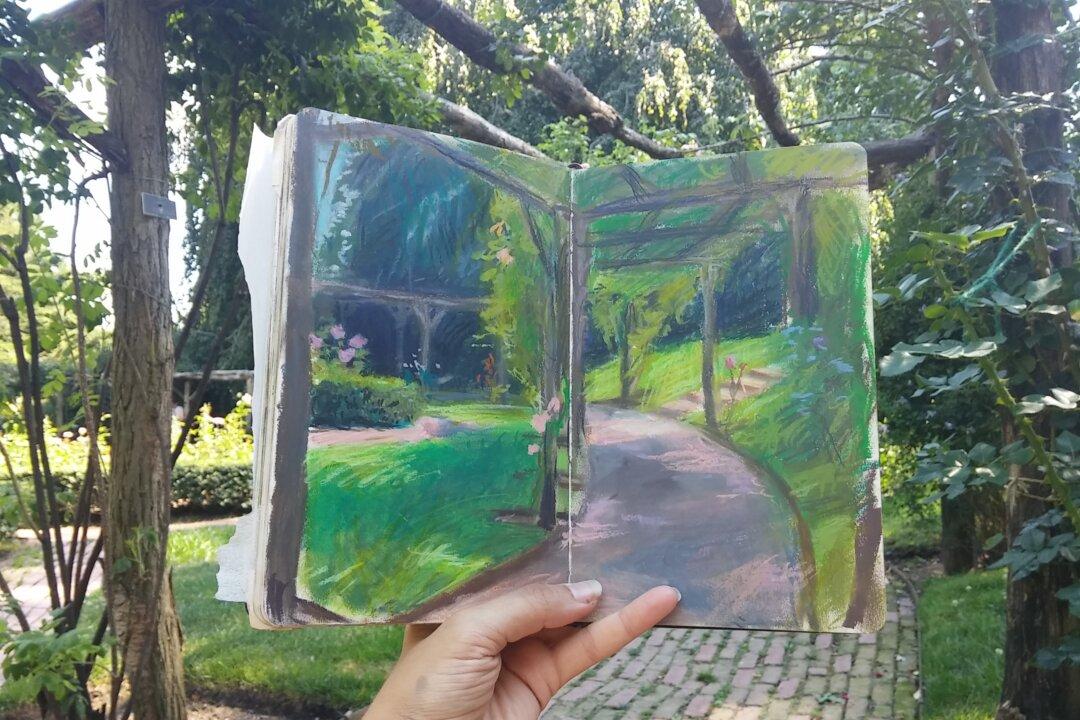NEW YORK—Mermaids have captivated her imagination since she was a child. Part human and part fish, the mermaid bridges two worlds. Laid back and fully comfortable in her own skin, Susan Cohn Rockefeller spoke with a relaxed cadence that would easily conjure memories of the ocean—the soothing sound of ocean waves.
“I’m a strong swimmer. I love the ocean,” she said in her Upper East Side home, shortly after returning from a month in Maine. There she saw some seals, porpoises, and huge jellyfish.





